
Puppy Owners live, not just in houses but condos too (which often generate many)problems. I'm routinely quizzed about the best way of preparing a toilet training spot. Should it be situated outdoors or indoors? It is not as silly as it may appear.Lots of people are in apartments but still need to have a place for their puppies to relieve themselves. When you think about it, practically just about every cat owner possesses a cat litter tray in their home. Now I'm sure that creating a doggy potty area inside your home isn't perfect but many peoples' circumstances mean that this is the only method available. It's pretty obvious that the spot should be well ventilated.
A bathroom is probably the best choice because it'll probably have a hard washable floor as well. You can get dog litter (just like the cat stuff but you need more of it!). Some people use regular newspaper but there could be an embarrassing side effect here. The most suitable stuff is unprinted newsprint paper which has similar absorbent qualities without the side effects. Why would you not use normal newspaper? Basically, the puppy can connect potty time with newspaper (any newspaper) and unfortunately could see every newspaper as a possible toilet (even though it has just come through the front door). This can be awfully embarrassing in someone else's house.When you get the area sorted out you're able to start teaching your puppy the importance of it.
The most effective way should be to get them to relate going to that area with going to the toilet. This can be achieved by taking them into it each time they show warnings of wanting to go. Be on the lookout for circling or sniffing the ground, abruptly stopping playing and then walking away, spinning around in circle with their backs arched and (clear signal) sniffing the scene of a prior incident. You'll assume you have cleaned it away but the puppy will still be able to smell it and will try to use precisely the same place.
You then carry them up to the doggie loo and let them do what they do. Afterwards you praise them. Repeat this whenever and they will rapidly learn that this is what you desire. They'll not query why, they will just associate going in the right place with fuss. This needs to be carried out a relaxed fashion as you do not want to have them too excited. Once they get too excited, they get tense and then can't go. This obviously, defeats the point of the exercise. You must therefore, retain a calm manner to help the dog relax enough to relieve itself.
The time intervals will vary tremendously depending on the puppy's age. For instance, if they are aged up to say fourteen weeks, you could be looking at perhaps eight to ten breaks per day. This may scale down to about half of that once the puppy is aged about thirty weeks.
When they are young, they aren't physically developed enough to hold themselves in for very long. That's why they should be taken outside perhaps every two hours or so. You should pay particular attention to the period after eating or drinking because these are common "toilet times". Realistically, they can only hold themselves for an hour or so for every month of age. Quite simply they will not really last through the night.
It sounds odd but many owners keep a written record of when the puppy "goes". This gives them a much better idea of the puppy's natural bodily rhythms. The main items to note are eating, sleeping and going to the toilet. The owners find it a lot easier to see the relationship between the events, which certainly makes sense. It might also highlight some health problems when the puppy starts to break with these standard times.
Your next period is when your puppy senses the need to go and understands if they come to tell you (or go right to the potty area) they get praise. Usually, this involves scratching the door, barking or whining. In time they'll probably head straight for his or her potty. You are suddenly making big progress. Keep the praise going, even when there are some mishaps.
Should you shout at or scold the pup they will think you are cross about them going to the toilet, instead of going in the wrong place. A simple detail but a world of difference. In closing, there are three stages. One, establish the zone. Two, get the puppy to associate visiting the zone with going to the toilet. Three, get them to associate wanting to go to the toilet with going to the area to carry it out.That's all you need
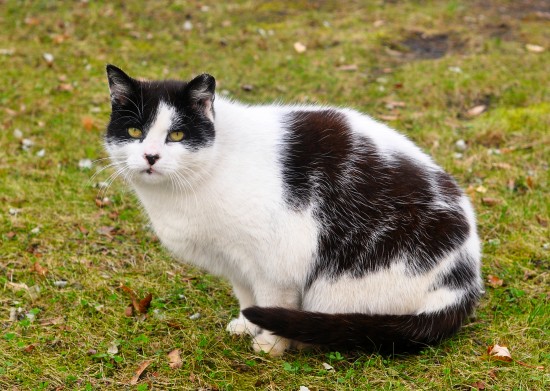 How To Feed A Cat To Encourage Weight Loss
How To Feed A Cat
How To Feed A Cat To Encourage Weight Loss
How To Feed A Cat
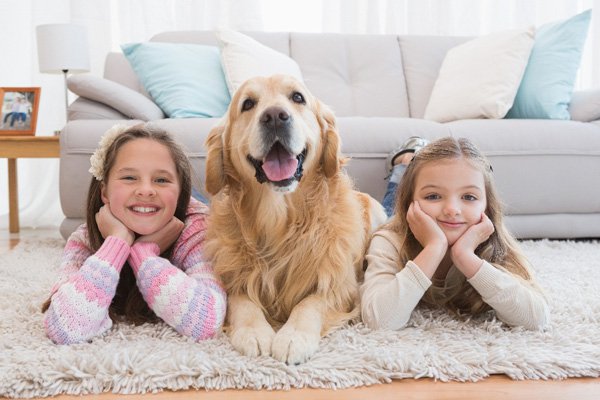 How to Keep Your Dogs Contained
How to Keep Your Dogs Contained
Dogs are a joy
How to Keep Your Dogs Contained
How to Keep Your Dogs Contained
Dogs are a joy
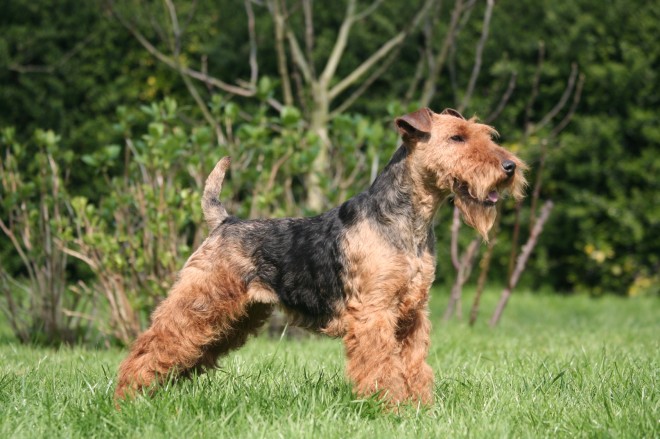 How To Keep A Welsh Terriers Coat Looking Good
How To Keep A Wel
How To Keep A Welsh Terriers Coat Looking Good
How To Keep A Wel
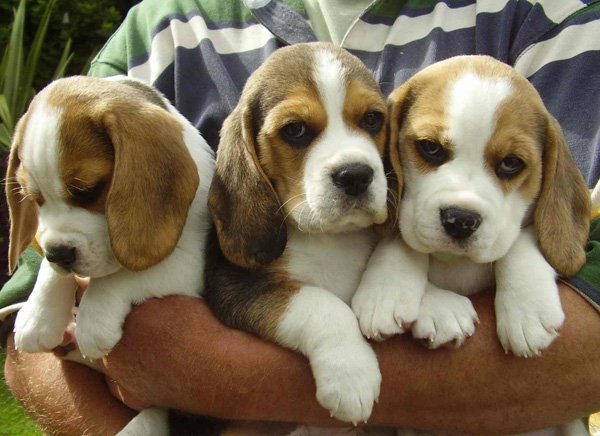 Is it Really Important to Hire a Dog Walker?
Is it Really Important to Hire a Dog Walker?
Y
Is it Really Important to Hire a Dog Walker?
Is it Really Important to Hire a Dog Walker?
Y
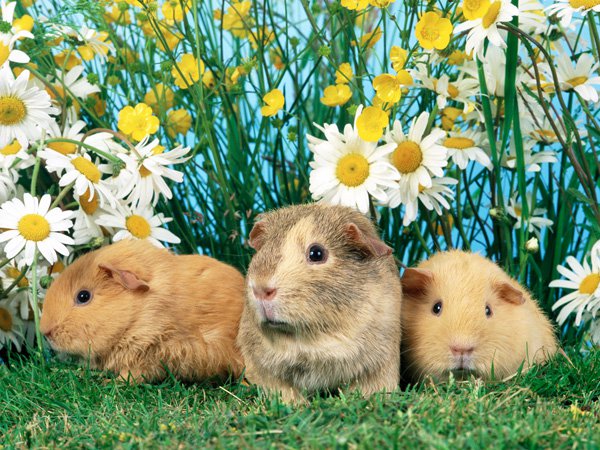 Bull terrier puppies – your best canine companions
Bull terrier puppies – your best canine companions
Bull terrier puppies – your best canine companions
Bull terrier puppies – your best canine companions
Copyright © 2005-2016 Pet Information All Rights Reserved
Contact us: www162date@outlook.com